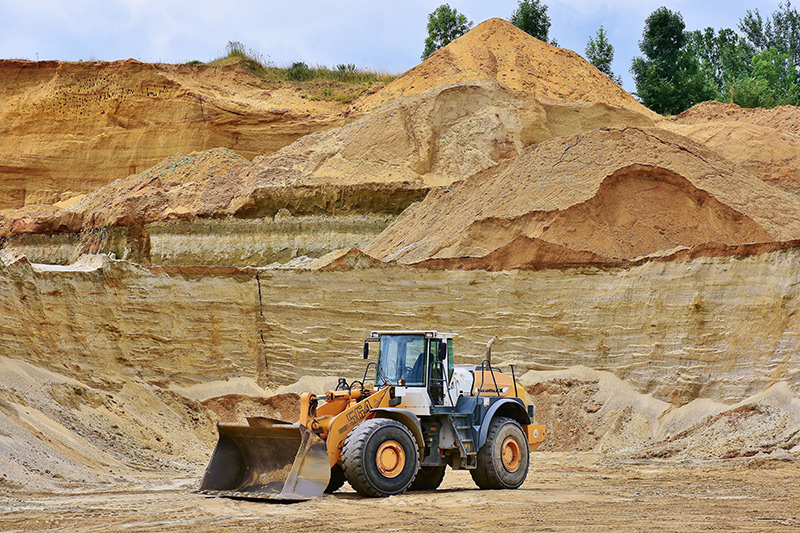Portugal is a Mediterranean country with a mosaic of grassy meadows, mountains and dry plateaus marbled with settlements, agricultural lands and plantations and patches of forest. Portugal is a significant European minerals producer, especially of copper, tin, tungsten and uranium. It is expected that urban sprawl and land abandonment will continue in the near future. Urban sprawl and other constraining functions (e.g. conservation and cultural heritage) may potentially hinder future access to currently unused mineral deposits.
How do we expect future land use to develop and where would this future land use block access to mineral deposits?
Together with local experts from industry and academia the likely locations of deposits together with their current constraints (roads, built-up area and nature reserves) were inventoried. Some of these deposits are already being exploited while others are not cost-effective at present, require an exploitation permit, or still need to be explored for mineral presence.
Additionally a land use projection model was used to map future land use from present to 2050. Input of the land use model consisted of current land use map and determinants such as soil, slope, climate projections, population projections and policies. Future land use can be checked against the locations of deposits to locate additional constraints for future exploitation.
Conflicting interests are a challenge for policy makers and spatial planners. In legislation, locations with indications for constraints either now or in the future, could be tagged for preserving as mineral deposits of public importance. This action prevents for obstruction by other functions and guarantees access (e.g. transport, jurisdictional) to these deposits for future generations.
